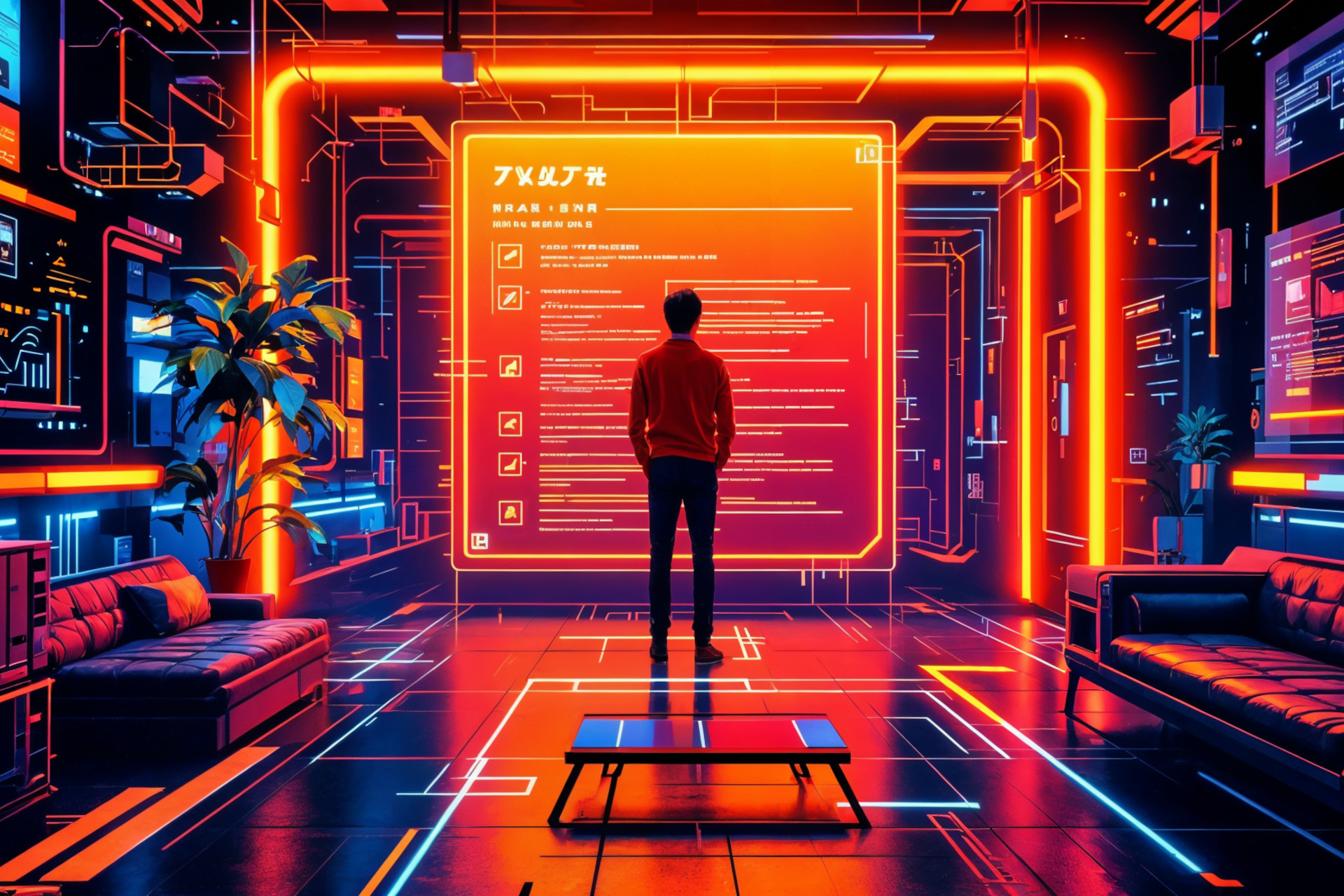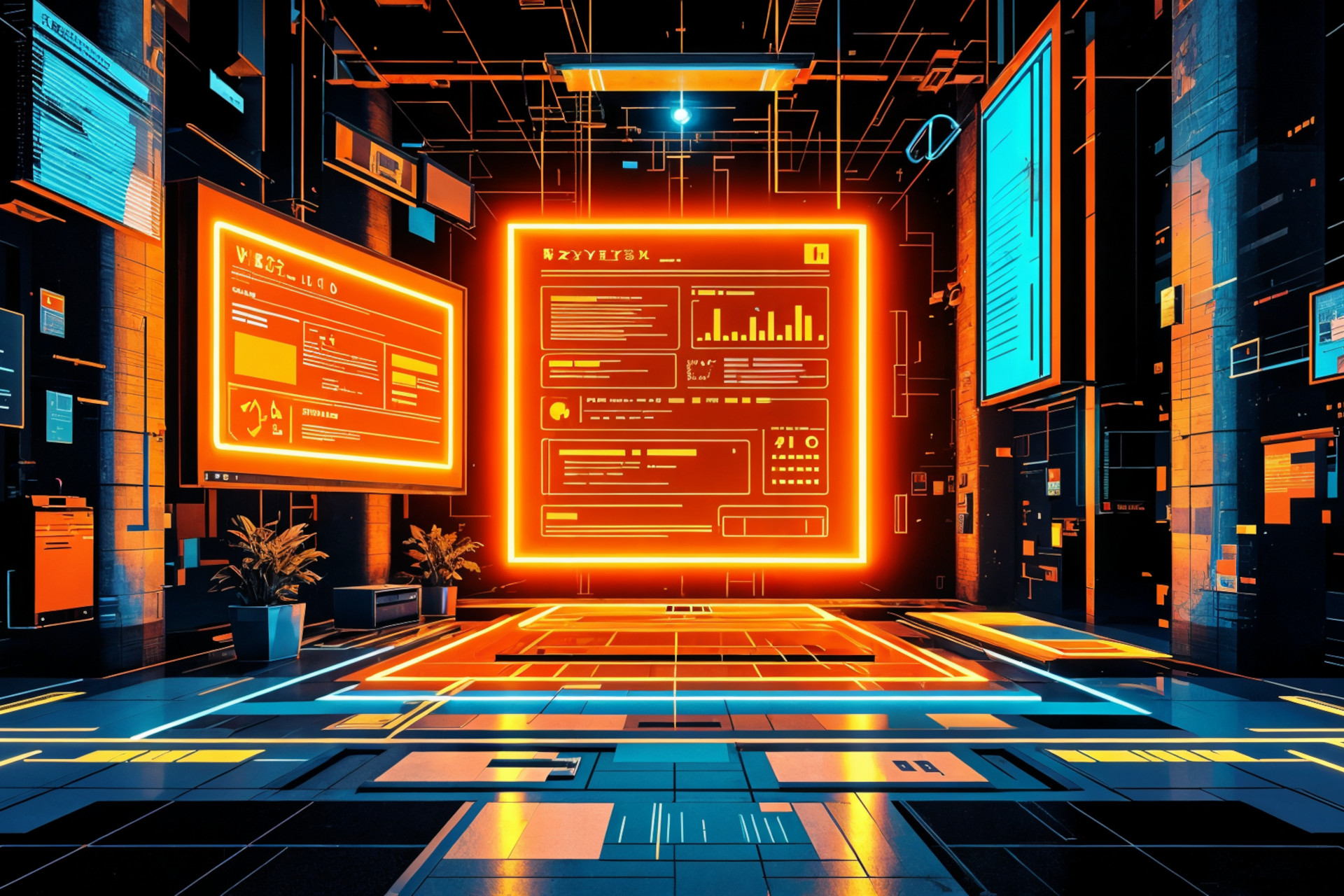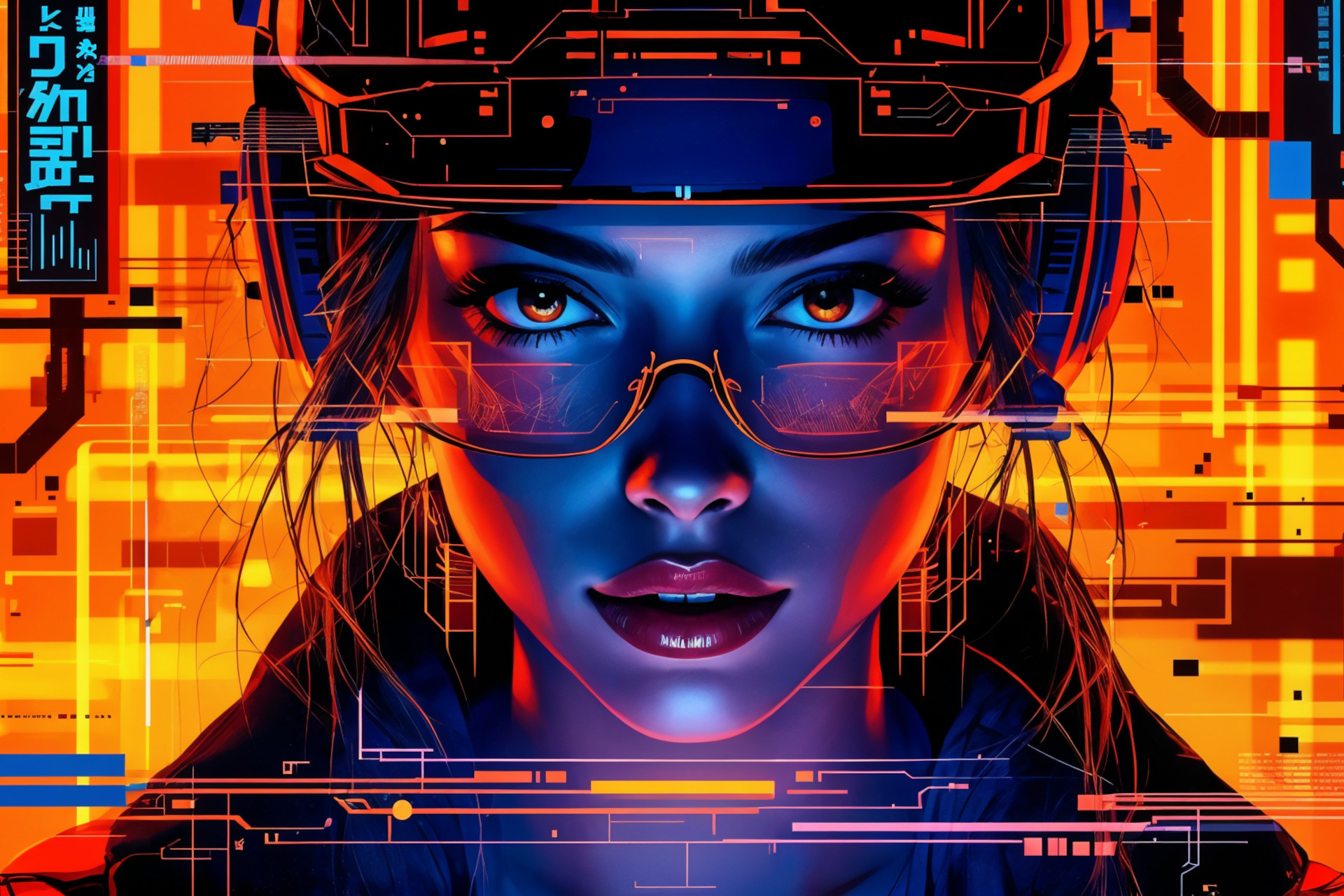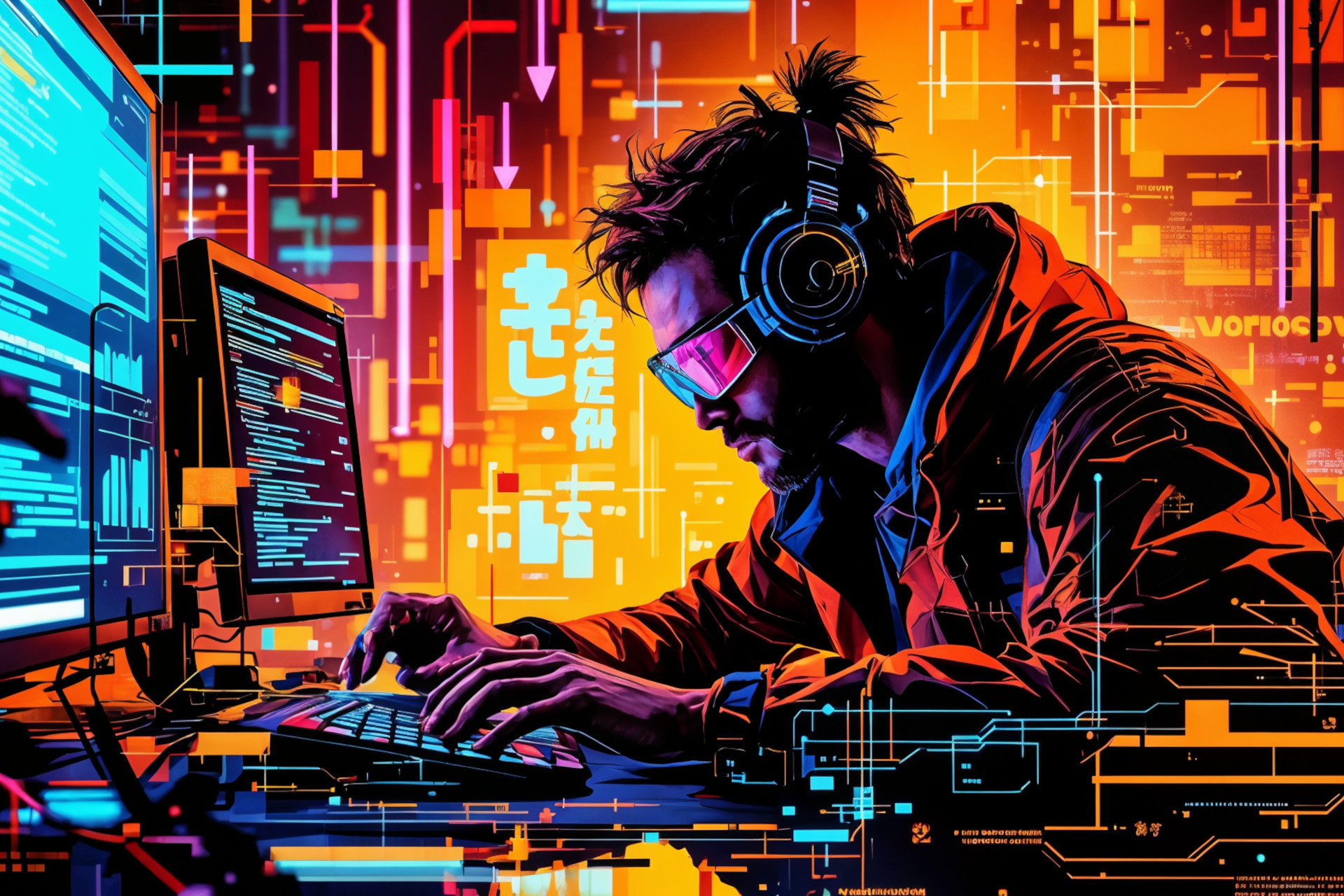When AI researcher Andrej Karpathy floated the phrase “vibe coding” in a 2025 tweet, describing a style of programming where you “give in to the vibes” and focus on intent rather than syntax, he crystallized a cultural shift already underway. His post went viral, resonating with developers willing to let AI assistants take the wheel....
Category: AI
Anthropic’s data shows AI adoption is creating a global digital divide
The future, it turns out, is unevenly distributed—and we now have the data to prove it. Anthropic's latest Economic Index report reveals striking geographic disparities in AI adoption that could reshape global economic inequality for decades to come, painting a picture of a world where access to transformative technology depends heavily on where you happen...
Meet the “Superhero Janitors”: Vibe Coding Cleanup Specialists Cleaning Up AI’s Coding Disasters
When Andrej Karpathy, OpenAI co-founder and former Tesla AI director, coined the term "vibe coding" in February 2025, describing it as a process where "you fully give in to the vibes, embrace exponentials, and forget that the code even exists," he probably didn't expect to spawn an entire cleanup industry. Yet that's exactly what happened....
The New Unit Test: How LLM Evals Are Redefining Quality Assurance
Picture this: you've written a function that calculates the square root of a number. Feed it the input 16, and you'll get 4 back every single time—guaranteed. This predictability is the bedrock of traditional software testing, where unit tests verify that each piece of code behaves exactly as expected with surgical precision. Now imagine a...
Prompt sets are the new PRDs: How AI is fundamentally rewiring product development
The humble Product Requirements Document (PRD) has been the backbone of software development for decades. These lengthy documents outlined features, user stories, and technical specifications in painstaking detail before a single line of code was written. But according to Aparna Chennapragada, Chief Product Officer at Microsoft, that era is rapidly coming to an end. "I...
The Specification Revolution: How AI is Flipping Software Development Upside Down
For decades, software development has followed a familiar pattern: gather requirements, write specifications, then build the code that makes those specs reality. The specification was scaffolding—useful for planning, essential for alignment, but ultimately discarded once the "real work" of coding began. But as AI coding assistants become more sophisticated, a new paradigm is emerging that...
Why AI Keeps Making Stuff Up: The Real Reason Language Models Hallucinate
Picture this: You ask a state-of-the-art AI chatbot for someone's birthday, specifically requesting an answer only if it actually knows. The AI confidently responds with three different dates across three attempts—all wrong. The correct answer? None of the confident fabrications even landed in the right season. This isn't a glitch. According new research from OpenAI,...
Vibe coding 101: How to build software by talking to AI (without setting your project on fire)
The explosive rise of large language models (LLMs) has given birth to a new kind of developer: the vibe coder. Unlike the meticulous, line-by-line craftsperson of an earlier era, the vibe coder engages in a conversational dance with an AI partner. You describe what you want in plain English, the AI generates code, and you...
In Defense of “Vibe Coding”: Why Your Personal Scripts Don’t Need to Pass Code Review
The term "vibe coding" doesn't appear in any computer science textbook, but ask any developer who's spent time with ChatGPT, Claude, or GitHub Copilot and they'll know exactly what you mean. It's that flow state where you're rapidly iterating with an AI assistant, throwing together solutions that work right now for the problem right in...
The Probabilistic Revolution: How AI is Making Software Engineering More Like “Real” Engineering
For decades, software engineers have endured a peculiar form of professional imposter syndrome. While their colleagues in mechanical, civil, and chemical engineering designed bridges that probably wouldn't collapse and factories that mostly wouldn't explode, software engineers worked in a deterministic paradise where 2+2 always equaled 4, functions returned predictable outputs, and bugs were logical puzzles...









